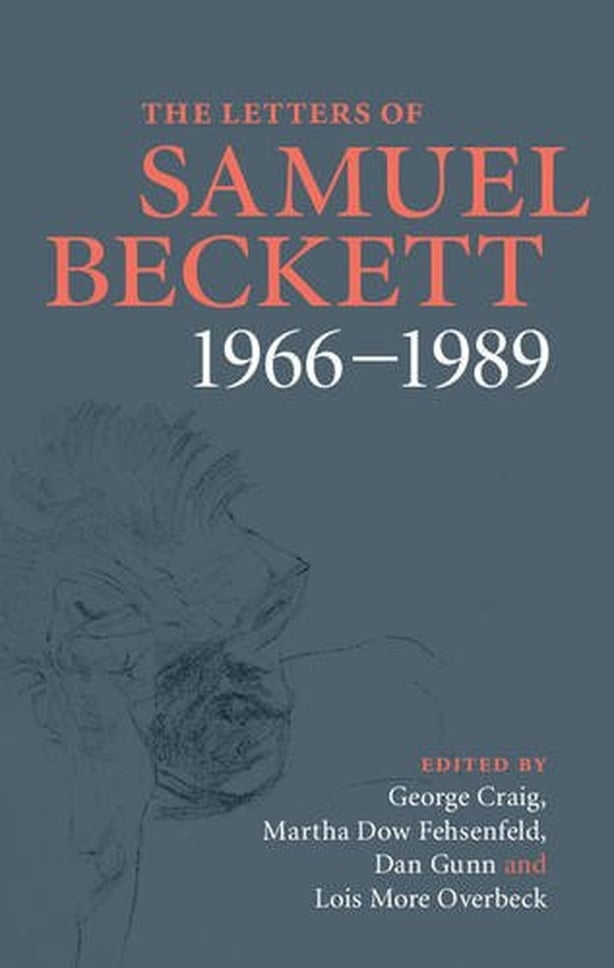During the thirty-one years spent assembling these letters and the preceding three volumes, the four editors - George Craig, Martha Dow Fehsenfeld, Dan Gunn and Lois More Overbeek - had a momentous task deciphering the writer’s handwriting, amongst all the other scholarly responsibilities. Another challenge was the business of translating from French into English, not to speak of sourcing, clarifying and contextualising the often obscure literary references for the fastidious footnotes which appear on each page. In fact, Beckett's recourse to the work of his literary antecedents and his erudition, lightly displayed, enliven many a dispatch.
Assembled, in 750 pages, are letters to a plethora of film and theatre folk, as well as other interested parties, including Beckett's biographer James Knowlson, the playwright Harold Pinter, and the Irish artists Anne Madden and Louis le Brocquy (the latter artist executed, as part of his “heads” series, that curiously shimmering image of the writer.)
There are heartfelt letters of sympathy to friends following bereavement, and letters which ask about the health of pals and associates, as well as mentions of his own increasing list of ailments, as his life drew to a close.
The writer finally passed away on December 22, 1989, aged 83, and the last letter included is dated November 19 of that year. I am ill & cannot help. Forgive. So go ahead without me, he writes to Michael Kuball in Hamburg, regarding a proposed film of his novel, Murphy. (The film was never completed due to a lack of funds.)
There are letters which politely decline invitations and proposals directed at the much sought-after Dubliner who won the Nobel Prize in 1969. He lived for most of his life in Paris and the letters reveal En passant, charming tidbits of reportage from holiday destinations, including Madeira, Tunisia and Morocco.

A 1973 letter to Joceyln Herbert discussed the work - Mercier & Camier and Not I - but also dealt in another instance of the ordinary and beguiling chit chat with which the voluem abounds.
Marvellous spell of fine weather here. Place looking marvellous after harvest.
I wonder was your mother at Bath for the chess. Give her my affectionate greetings and hope for a return game next year.
The piano is letting me know what it thinks in the form of strings snapping. Five gone already. Field’s Nocturnes were its last straw.
Right on the next page, a letter to Kay Boyle yields two potent, faintly wistful lines which are worthy of any of Samuel Beckett's novels or stories. Wish I had something of interest to say. Time gets like a last oozing, so precious and worthless together.
While Ireland was always close to his heart right until the end, there appears to be no love lost between him and Dublin - at least officially - as one letter, also dated from 1973 bluntly attests. The last time I was there was for a funeral in 68 and it got me a lung abcess. Never again thank God. His frustration with censorship and what he regarded as an inhospitable literary climate abiding in his native country is readily apparent in many of his letters.
Although there are letters to his lover Barbara Bray, The writer guards his private life in large part, with few references to his wife of five decades, Suzanne Dechevaux-Dumesnil. A useful timeline, or chronology, for each year supplies pertinent facts about key global events, with corresponding information on important dates in Beckett’s professional life, play rehearsals, stagings, translations, publications.
Open any page and you will become instantly absorbed, finding it difficult to move backwards or forwards, finding oneself thus in the same plight as some of his forlorn, beaten-down characters. Available from all good bookshops, and all four volumes can also be purchased as a box-set.
Paddy Kehoe

